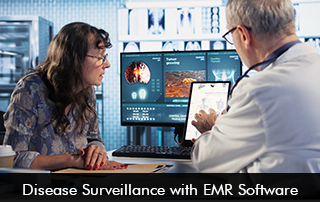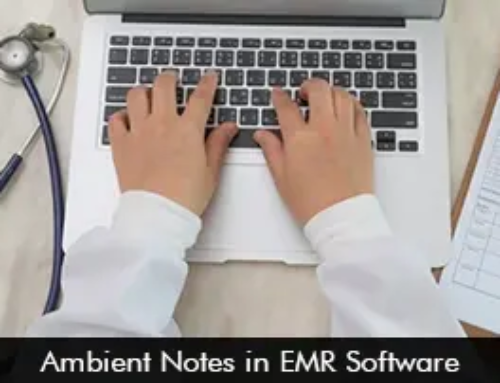Monitoring illnesses is incredibly important in this era of worldwide health crises and new medical dangers. It’s not simply collecting data; it’s about spotting trends quickly, stopping diseases from spreading, and safeguarding our communities. This is where Electronic Medical Records (EMR) Software makes a big difference. EMR Systems has become a key tool in today’s public health efforts to track diseases by turning paper health records into digital ones and offering instant data sharing.
EMR Software: Powering Public Health with Real-Time Data
Public health teams no longer need to endure weeks of delay for paper reports or lab results. EHR Software captures patient data instantly and allows for secure sharing with authorized public health agencies. Everything is documented in real time, whether it’s flu cases or COVID-19 symptoms. This capability enables early detection and swift response.
The Centers for Disease Control and Prevention (CDC) strongly advocates for the use of health IT systems, like EMRs, for real-time surveillance. They emphasize that timely and accurate data are crucial for rapid response and prevention efforts. EMR Software plays a vital role in identifying trends, monitoring emerging diseases, and detecting unusual spikes in symptoms, allowing intervention before they escalate into full-scale outbreaks.
Swift Reporting and Response with EHR Software
Reporting diseases was once a slow, hands-on task. These days, Electronic Medical Records (EMR) Software Systems have built-in features that produce and transmit necessary reports to local or national health agencies automatically. Be it a case of tuberculosis that’s been confirmed or a surge in Respiratory Syncytial Virus (RSV) infections, the system takes note and reports it straight away.
This automated approach is a real time-saver and guarantees that no crucial details slip through the cracks. It also assists public health officials in orchestrating quicker responses, be it releasing public warnings, arranging vaccination campaigns, or initiating contact tracing initiatives.
EMR Software Provides Actionable Insights to Providers
EHR Software isn’t only beneficial for the CDC or public health authorities; it also furnishes healthcare providers with significant insights. By enabling clinicians to observe disease patterns in their vicinity straight from the EMR Systems dashboard, they are more equipped to make knowledgeable choices.
To illustrate, if there’s an abrupt surge in strep throat instances within the community, pediatricians can respond more swiftly with diagnosis and care. It transcends treating just the patient before you; it involves grasping the broader context.
Improved Patient Outcomes
At the end of the day, disease surveillance is all about helping people stay well. With EMR Software as a kind of digital guardian, communities gain advantages like quicker diagnoses, improved readiness, and more effective coordination of care. This means healthcare can be more proactive instead of just reacting to illnesses. Bringing EHR Software into public health efforts isn’t just about making care digital; it’s about completely changing how we spot, comprehend, and halt disease outbreaks.








